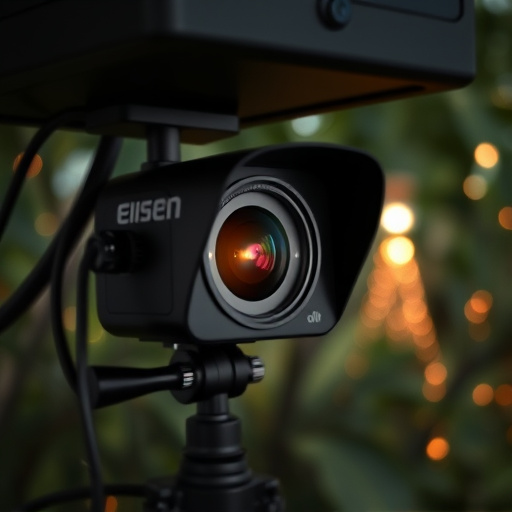Protect your privacy from hidden cameras using Radio Frequency (RF) detectors to identify unusual signals, then pinpoint devices with directional antennas. Physically inspect high-risk areas, reinforce security, and secure personal items. Use VPNs on public Wi-Fi, update software patches, and avoid suspicious links. Educate others about the risks of hidden cameras to foster a culture valuing privacy.
Uncover the insidious world of hidden cameras and learn how to protect your privacy with our comprehensive guide. This tutorial delves into the effectiveness of RF (Radio Frequency) detector sweeps, offering a step-by-step approach to detecting and locating covert surveillance devices.
From understanding the technology behind these detectors to implementing preventive measures post-sweep, this article equips you with the knowledge to safeguard your personal space from potential privacy invaders.
- Understanding RF Detectors and Hidden Cameras: Unveiling the Threat
- Detecting and Locating Hidden Cameras: A Step-by-Step Guide
- Protecting Your Privacy: Preventive Measures After a Detector Sweep
Understanding RF Detectors and Hidden Cameras: Unveiling the Threat
Hidden cameras and RF (Radio Frequency) detectors are tools that, while often associated with espionage or surveillance, also pose significant threats to personal privacy in today’s digital era. Understanding how these devices work is crucial for those seeking to protect their privacy from hidden cameras. RF detectors operate by scanning for radio frequency signals, which many hidden cameras emit to transmit video feeds secretly. These signals can be detected and analyzed to pinpoint the location of the camera, helping users take proactive measures to avoid or disable them.
Hidden cameras themselves are sophisticated devices designed to capture images or videos discreetly, often disguised as everyday objects like clocks, light switches, or even clothing accessories. They can record audio and video without the subject’s knowledge, posing a grave risk to personal safety and privacy. By utilizing RF detectors, individuals can safeguard their spaces from such covert surveillance, ensuring that their activities remain private and unmonitored.
Detecting and Locating Hidden Cameras: A Step-by-Step Guide
Detecting and locating hidden cameras is a crucial step in protecting your privacy from these invasive devices. Here’s a step-by-step guide to help you identify their presence. Firstly, use a Radio Frequency (RF) detector sweep to scan for any unusual RF signals that might indicate a hidden camera. These devices operate on specific frequencies, making them detectable by the right equipment. Hold the detector close to potential suspects and move it methodically across surfaces to pick up any anomalies.
If you spot an abnormal reading, narrow down the area using directional antennas. These specialized tools can pinpoint the exact location of the hidden camera’s signal. By following the signal’s intensity and direction, you should be able to identify where the camera is hidden—whether it’s mounted on a wall, disguised in a plant, or embedded in furniture. This process requires patience and precision, but it’s an effective way to protect your privacy from these clandestine devices.
Protecting Your Privacy: Preventive Measures After a Detector Sweep
After conducting an RF detector sweep, it’s crucial to take immediate steps to protect your privacy from hidden cameras and other surveillance devices. The first line of defense is physically checking your surroundings for any unusual or concealed cameras, especially in high-risk areas like bedrooms, bathrooms, and common areas with limited access. Regularly reviewing and updating security measures, such as using secure locks on doors and windows, installing privacy films on windows, and enhancing outdoor lighting, can significantly deter potential intruders from setting up hidden surveillance equipment.
Additionally, keeping personal items secure is essential. Always be cautious when using public Wi-Fi networks and consider employing a Virtual Private Network (VPN) to encrypt your internet traffic. Regularly updating software security patches and avoiding suspicious links or downloads can protect against malicious programs that might facilitate unauthorized surveillance. Furthermore, educating family members, roommates, or colleagues about the risks of hidden cameras and fostering open communication can create an environment where privacy is prioritized and respected.
RF detectors and their ability to sweep for hidden cameras are essential tools in safeguarding personal privacy. By understanding how these devices work and implementing preventive measures, individuals can protect themselves from potential threats posed by covert surveillance. This tutorial offers a practical guide, empowering folks to take proactive steps against the invisible intruder—hidden cameras. Remember, knowledge is power, and with the right tools, you can maintain your privacy in today’s digital world.
